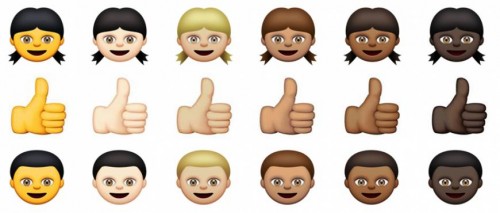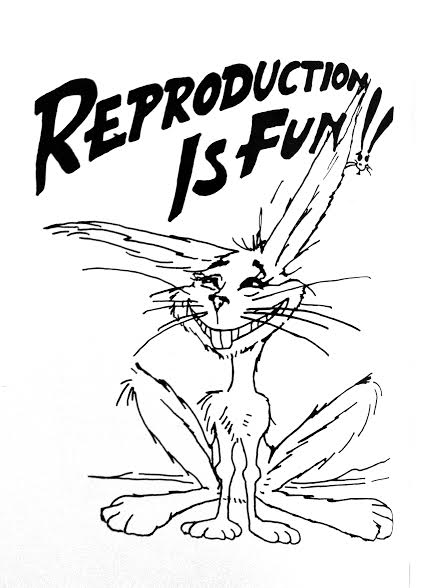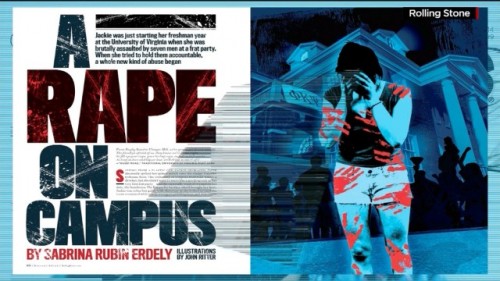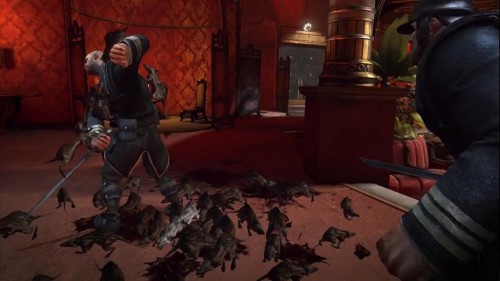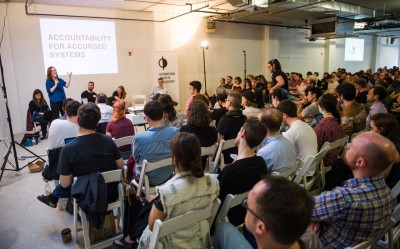
I was happy to see Theorizing the Web go so well for so many people. The committee has been getting a lot of positive and constructive feedback and we’re reading all of it. If you feel so moved to write your own reflections on #TtW15 please send them our way. Last year, my post-conference thoughts were all about labor and the dangers of doing what you love. That’s still a problem ––TtW relies almost completely on volunteer labor–– but this year I’m thinking more about the institutions that prop up the typical Hilton-hosted conference model and make it difficult, if not financially impossible, to have more events like Theorizing the Web.


